UNC-Chapel Hill archaeologists are working with a diverse coalition to develop an accessible trail network, uncover the region’s history and spur equitable economic growth in the small western North Carolina town of Old Fort. The project is supported by the Southern Futures initiative.
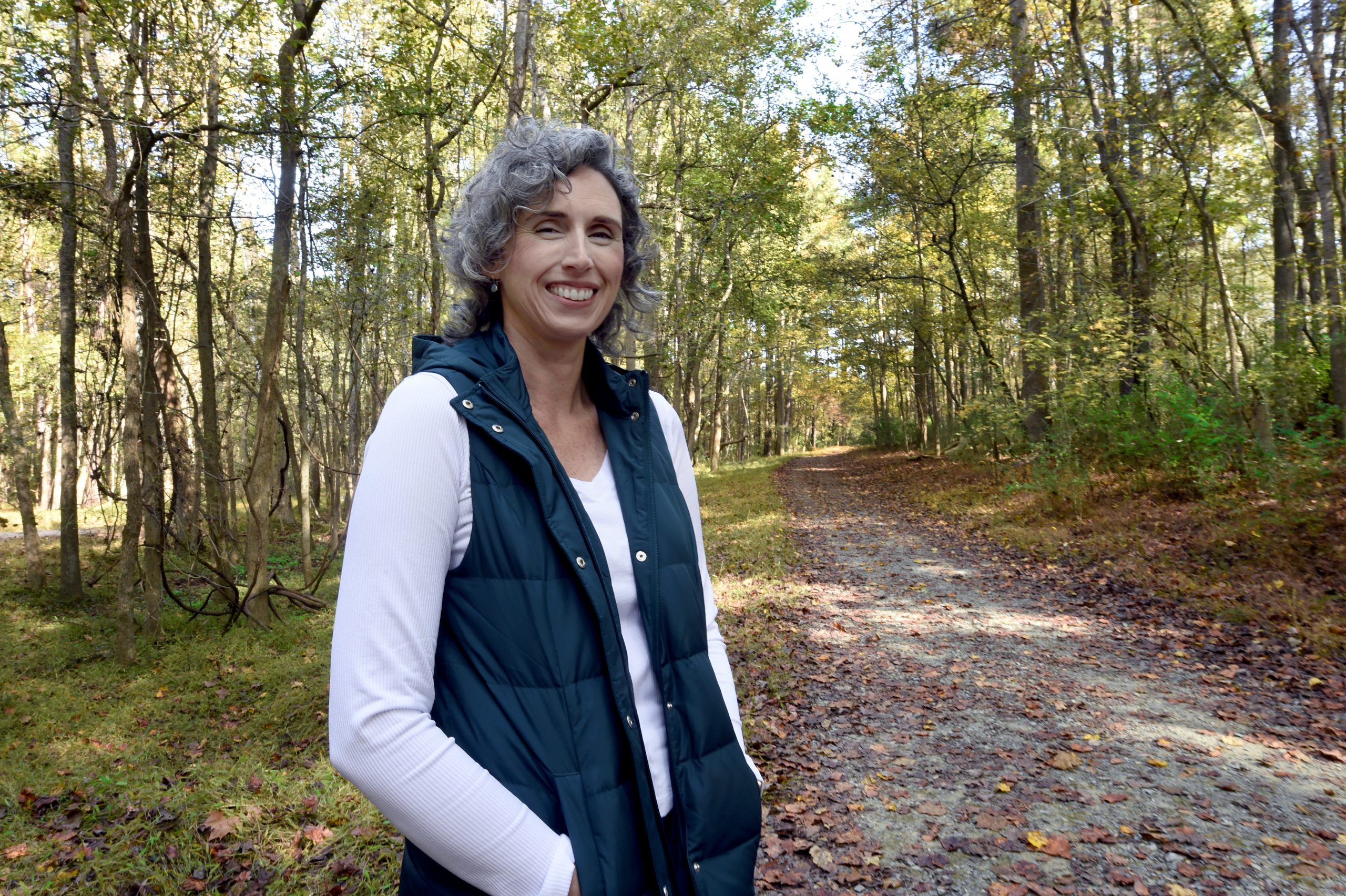
The beauty of Old Fort is in its geographic access — it is a gateway to the untapped natural resources in the 500,000-acre Pisgah National Forest.
And unlike in nearby Black Mountain and Asheville, you don’t have to get in a car to navigate to a trail.
Jason McDougald, executive director of the town’s Camp Grier and its nonprofit G5 Trail Collective, paints this picture:
“You can be sitting at the Old Fort Ride House (a local gathering place for cyclists and outdoor enthusiasts) and see people walking down the street in waders because they’re fishing Mill Creek,” he said. “Or you can hop on your bike and in less than a mile you’re on a trailhead. You can stay at our camp all summer long and never touch your car.”
The popular Catawba Falls trail, accessible via an exit off I-40 near Old Fort, winds through a mossy, shady forest, over bridges and rocks and streams, to a series of waterfalls at the headwaters of the Catawba River.
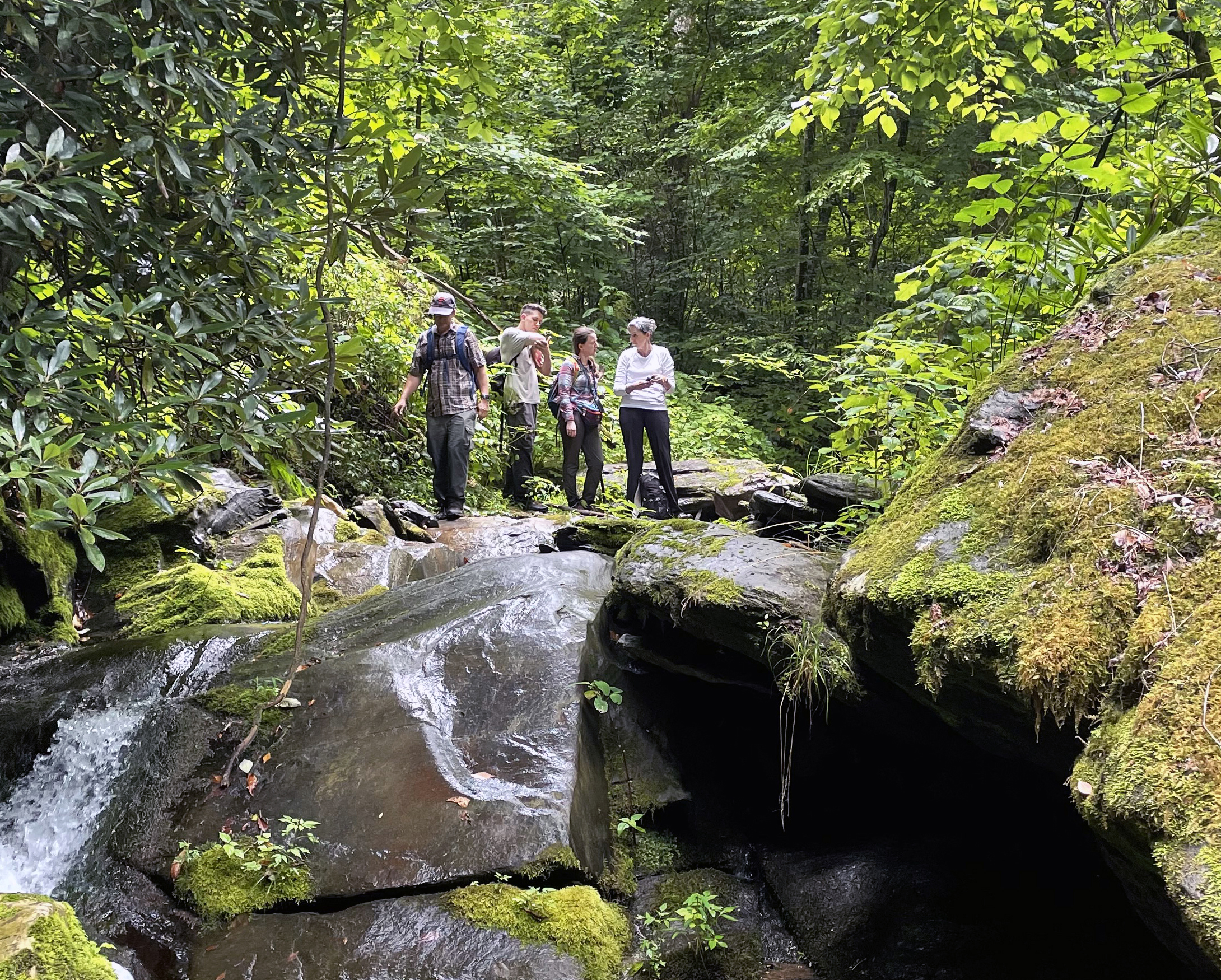
The small McDowell County town of about 1,000 residents was once home to a thriving textile finishing plant but has seen economic decline in recent decades after the plant was shuttered.
But what could happen if a dynamic group of leaders from different disciplines reimagined a new kind of future for Old Fort? How can a university share its strengths in uncovering and understanding history, amplifying diverse voices and helping a community tell its own story?

Project leaders say the magic of Old Fort is also in its commitment to access, to creating a sustainable future through outdoor recreation opportunities open to all.
Jennifer Gates-Foster, an associate professor of classics and archaeology at UNC-Chapel Hill, is part of a groundbreaking partnership that is helping Old Fort to stage its comeback.
“We want something different for Old Fort,” she said. “It’s about to step out onto a more national stage — some folks are declaring it ‘the next great mountain town’ — and we want the future to reflect the values of the community. It is an extraordinary place.”
Creative collaboration
Gates-Foster’s primary research interests are in the archaeology of Egypt in the Hellenistic and Roman periods; she has led international projects in Egypt and Israel. So how did she get involved in a project in North Carolina’s Blue Ridge mountains?
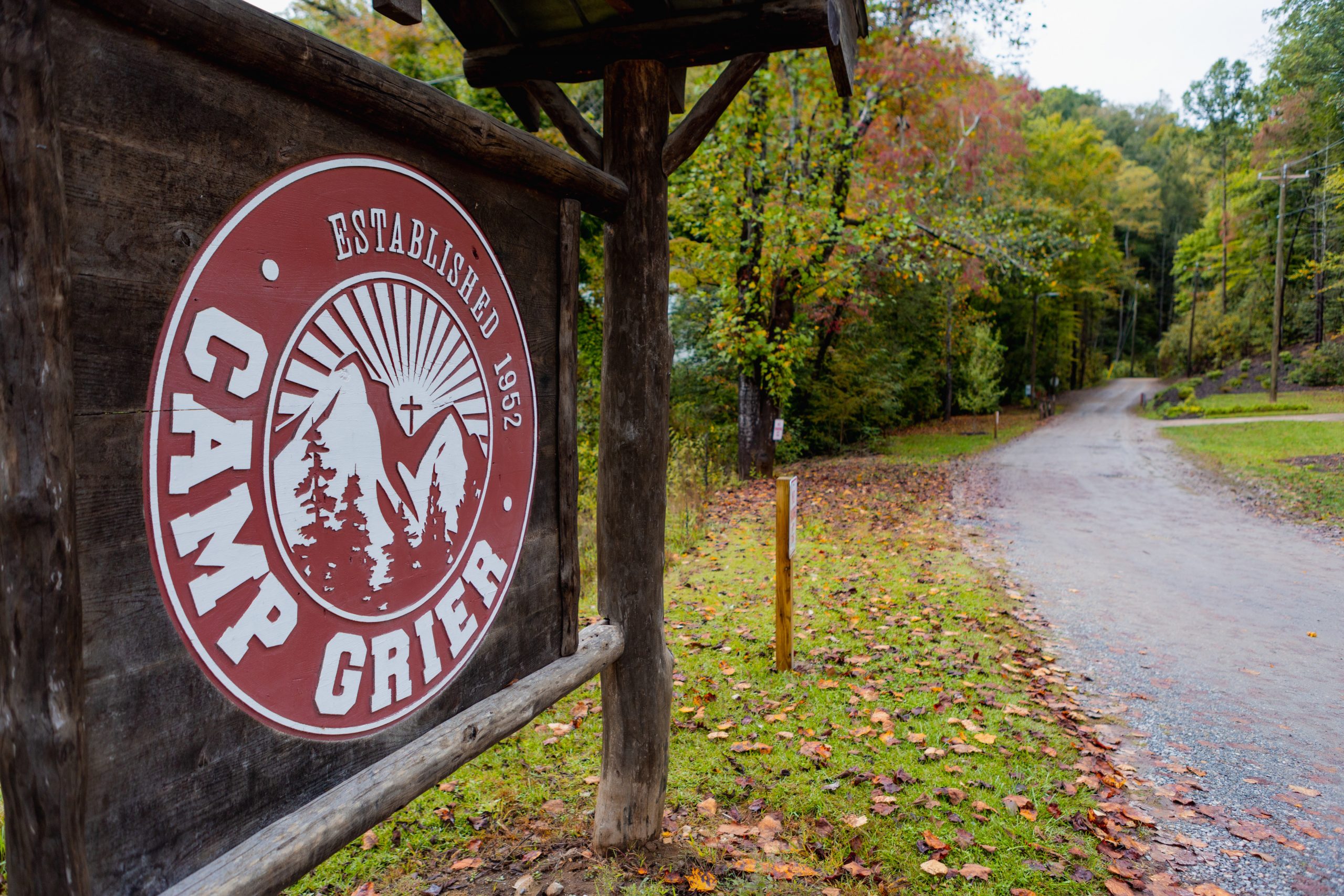
Gates-Foster said she has always had an interest in Southern and mid-Atlantic archaeology. She grew up in Mississippi and once worked for Colonial Williamsburg and for a cultural resources management firm. When a long-time colleague Christopher Witmore told her about a project in Old Fort to expand the trail network in the Pisgah National Forest, she was hooked. Witmore is an archaeologist at Texas Tech University and a college friend of McDougald’s.
Through the Catawba Vale Collaborative, a number of partners are coming together to redefine rural economic development in Old Fort. Forty-two miles of accessible trails are planned through a long-term project in the forest’s Grandfather District. Ground will be broken soon for the first six miles of trails, with a goal for that portion to be open to the public next summer. The group is hoping to attract outdoor recreation businesses to the area.
The collaborative includes a mix of university archaeologists, Camp Grier and its nonprofit G5 Trail Collective, the nonprofit Eagle Market Streets Development Corporation, the community organization People on the Move for Old Fort and the U.S. Forest Service Grandfather Ranger District.
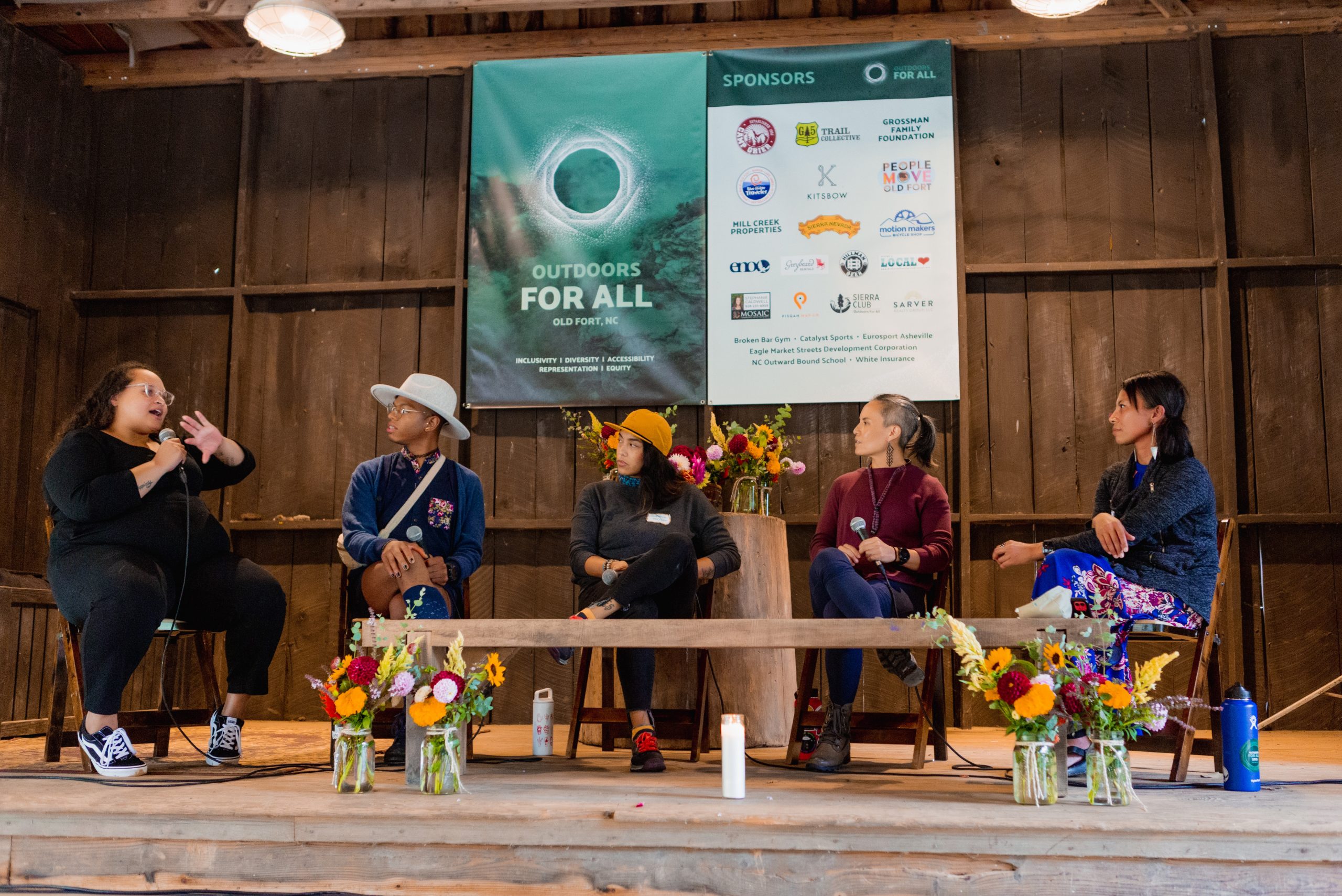
The goal is to identify outdoor recreation assets that have the potential to ignite economic development while positioning the local community to take advantage of this growth. The collaborative wants to create a trail network that is inviting not only to outsiders, but to the town’s residents as well. Partners want to open access to people of color and to people of all physical abilities, from casual hikers to avid mountain bikers and equestrians. McDougald and others recently held the inaugural “Outdoors for All” summit in Old Fort to bring together a diversity of thought leaders, industry partners, community participants and outdoor enthusiasts to discuss how to work collectively to create positive change and increase equity in shared outdoor spaces.
The project is supported by Carolina’s Southern Futures initiative, a cross-campus commitment to support emerging leaders in the arts and humanities doing community-engaged scholarship.
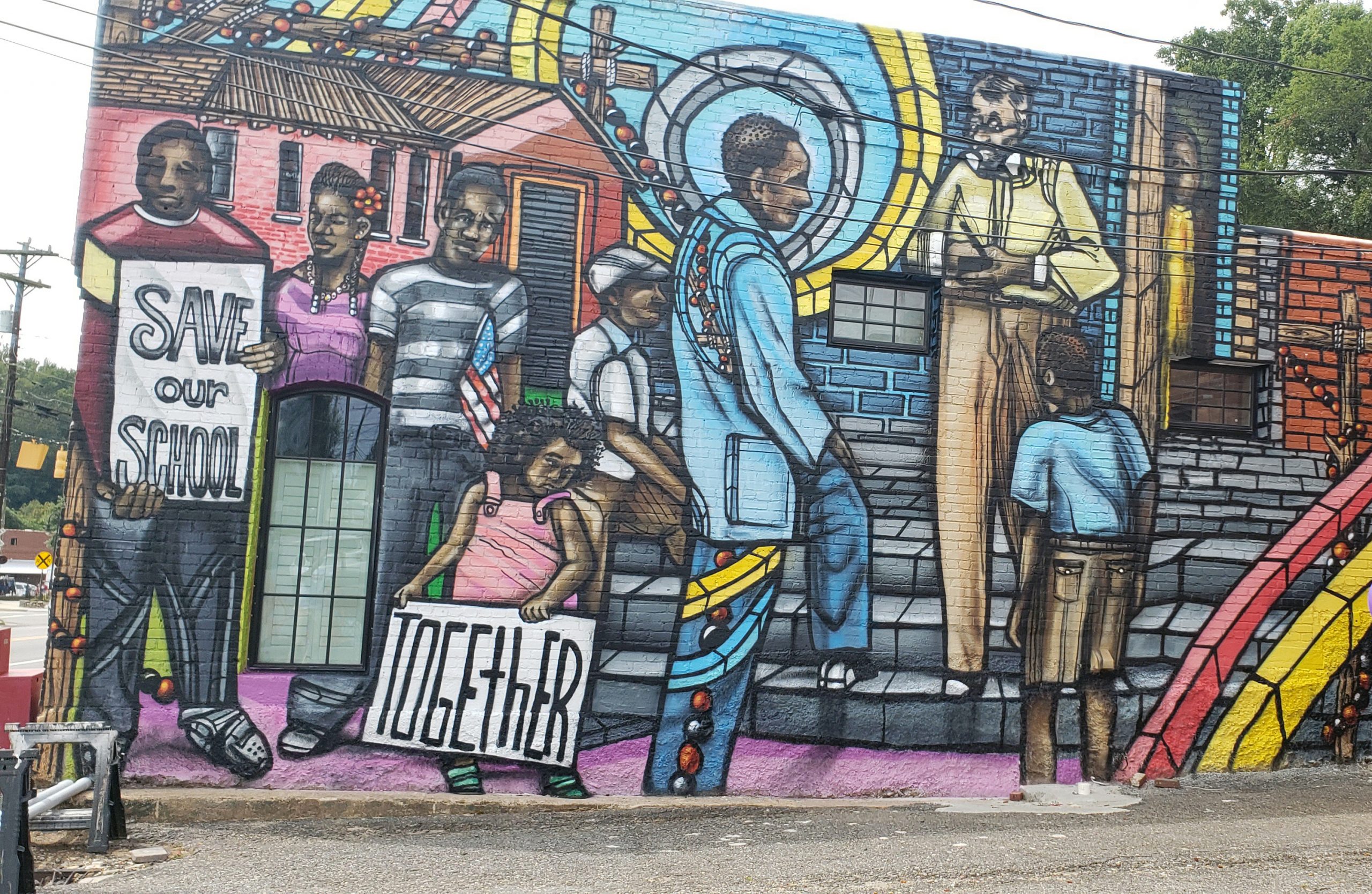
Stephanie Swepson-Twitty, president and CEO of Eagle Market Streets, is a native of Old Fort and is passionate about her work in helping small businesses to thrive, particularly businesses led by people of color.
“I’ve been party to both a time of growth and a time of decline in Old Fort. We need a balance of manufacturing, small business development and affordable housing in order to have a healthy, thriving community,” she said. “With this partnership, we are a merry band of soldiers coming together and saying, ‘Let’s see what happens if we work together in a bottom-up not top-down approach.’”
Understanding the past to shape the future
Gates-Foster said archaeologists are looking to uncover a “palimpsest of the landscape across generations,” uncovering artifacts that tell the story of the forest and the town such as old roadways, cemeteries, traces of Native American settlements and more. These things create an “intertwined and braided past.”
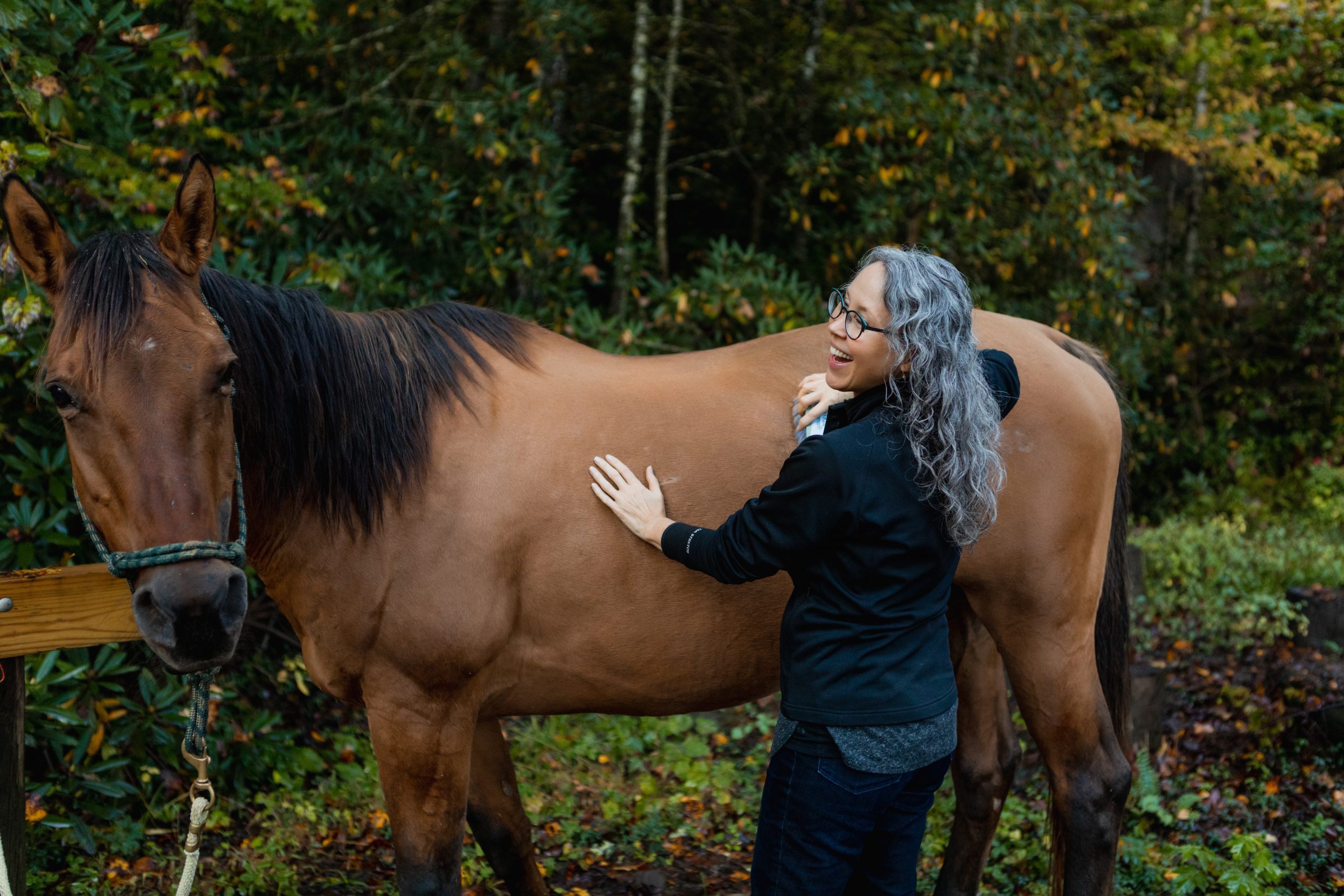
“By locating and curating objects all but lost among the understories of the forest — ancient pathways, agrarian homesteads, overgrown pastures, remnants of logging or milling operations — our project aims to reconnect the diverse communities of western North Carolina to their ground and to each other,” Gates-Foster said.
Interpretive stations in the form of stone monuments will be points of reflection and history along the trail network and are being planned with input from the archaeology team. A few of these will be unveiled in the first six miles of the trail project, with more to come as funds are raised for the project.
Heather Lapham, an archaeologist with UNC’s Research Laboratories of Archaeology, has also joined the team. She’ll be serving as a liaison with the Eastern Band of Cherokee Indians and the Catawba Nation to ensure that Native American voices, perspectives and stories are heard and represented in the interpretive stations. She has done extensive work in nearby Morganton at the Berry site, an archaeological dig that uncovered the location of the 16th century Spanish Fort San Juan and the Native American town of Joara.
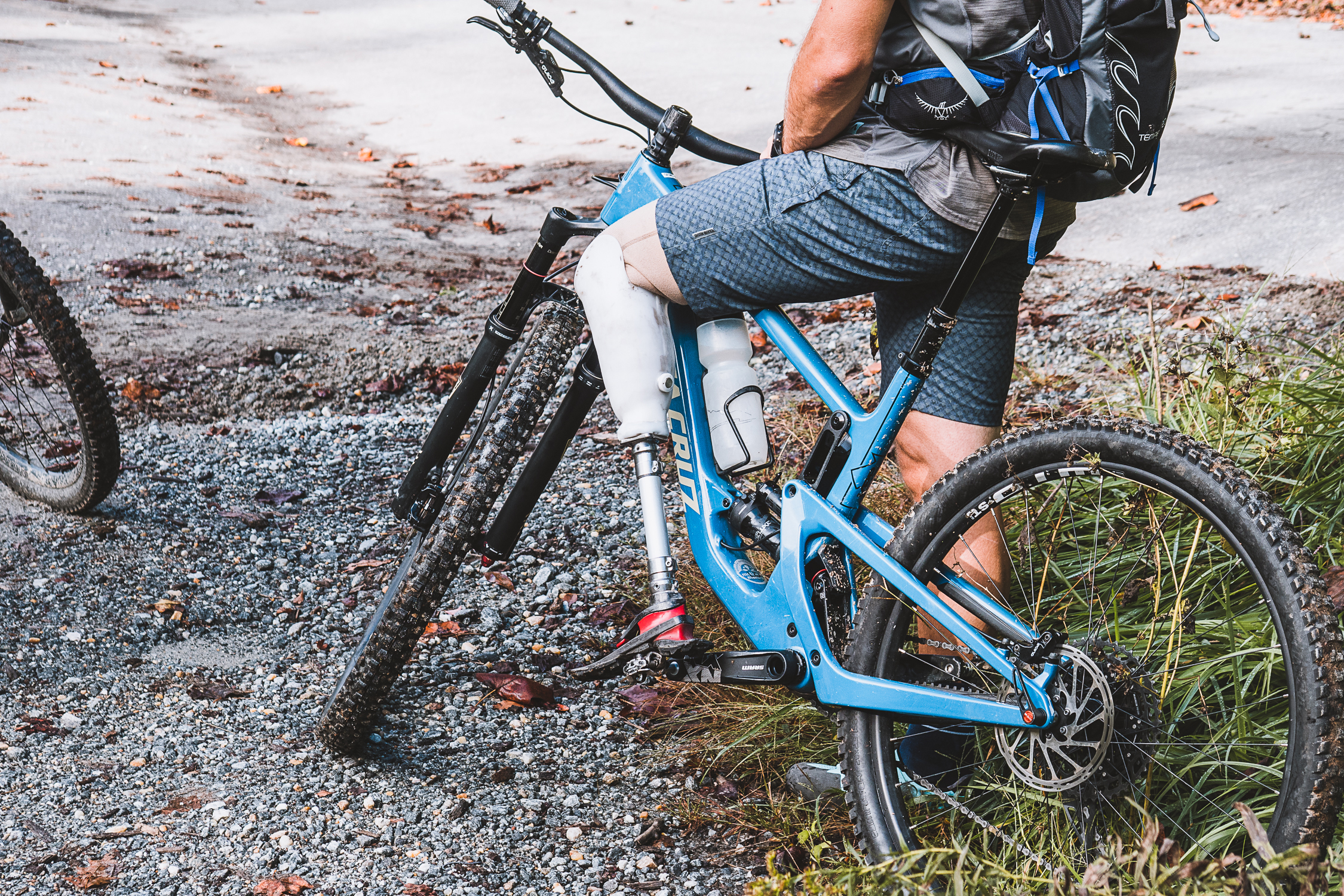
“What interests me is making sure that all voices are heard, not just the dominant perspective, which throughout history has been white and male,” Lapham said. “That’s very much a unique part of this project, being open to new possibilities for what the future might look like.”
Gates-Foster added: “Archaeology is not exclusively about the past; it’s what we make of the past.”
Jumpstarting the project
Exciting things are starting to happen for the Old Fort Trails Project.
The G5 Trail Collective was recently awarded $490,000 from the Dogwood Health Trust to build the first six miles of trails in the Pisgah National Forest and to construct the first phase of a 500-space parking lot. The U.S. Forest Service has formally approved the plans. Construction will begin in January, with the goal of opening the new section by late summer. Concurrently, Eagle Market Streets was awarded a $280,000 grant from the Dogwood Health Trust to purchase a co-working and business incubator space in downtown Old Fort.
The Community Foundation of Western North Carolina has awarded the project $52,500 to fund some of the historical and interpretive work for the trail system. The funds will help support the hiring of an architect/designer to oversee the design and construction of the new interpretive materials in collaboration with the trail-building team.
The group also recently received the 2021 Regional Foresters Award from the U.S. Forest Service for its work on the Old Fort project as a “shining example of partnership and collaboration to strengthen communities and connect people to the outdoors.”
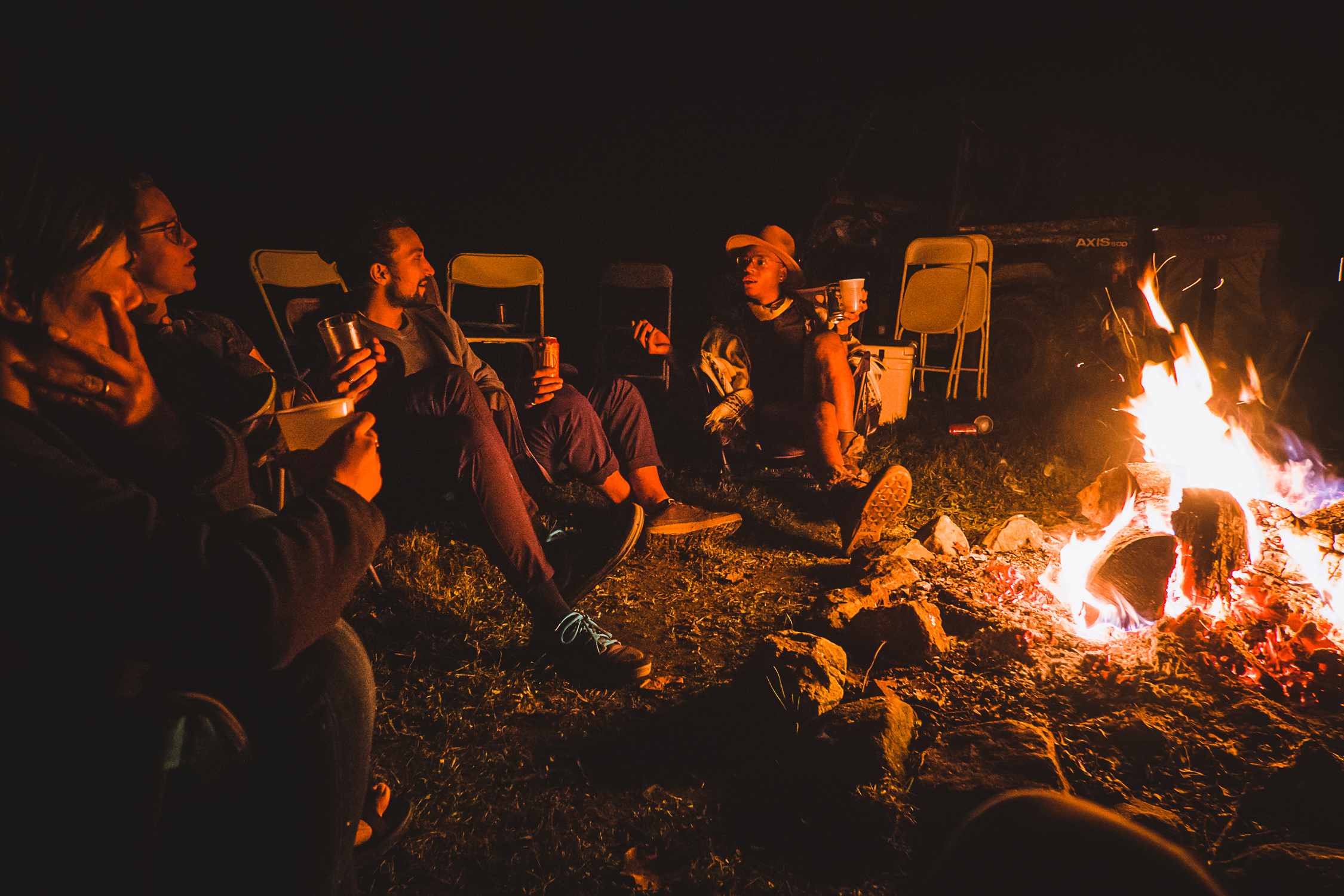
The partners plan to work with McDowell Tech Community College to develop a trail construction and sustainability program. An $800,000 grant from the Golden LEAF Foundation will fund the renovation of a building in Old Fort to create the McDowell Tech Workforce Education Center which will support ecotourism. Trail development and sustainability courses will begin at the center in mid-2022.
After the first six miles of trails are built, the hope is to build six to 10 miles a year over the next five years.
There’s a saying (highlighted prominently in a section of the Camp Grier website) that says: “You can pave the world, or you can put on shoes.”
For McDougald, that mantra applies not just in the camp context, but in talking about cross-sector community engagement, too.
“I think the outdoors is a great teacher. It teaches you to be adaptable and flexible and resilient. It teaches you leadership. We do things as a team — and instead of looking for ways to make things easy, we are looking at ways to make things better.”
UNC-Chapel Hill celebrates University Research Week Nov. 8-12. Learn more.
By Kim Spurr, College of Arts & Sciences
